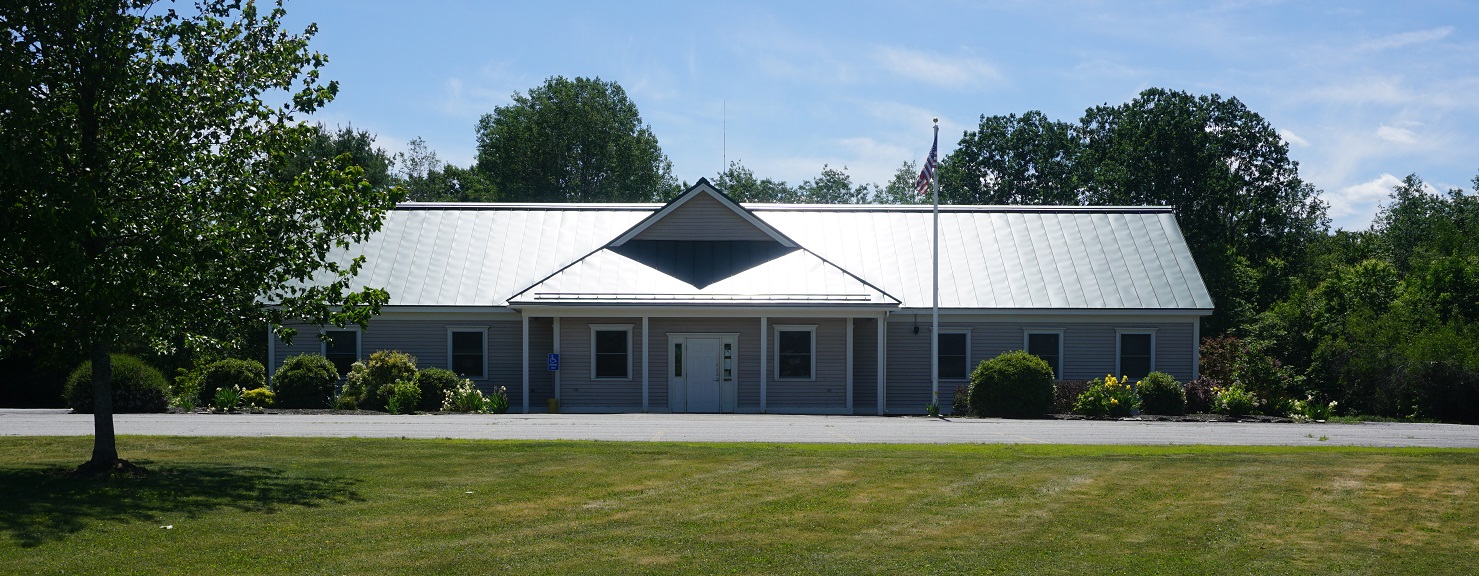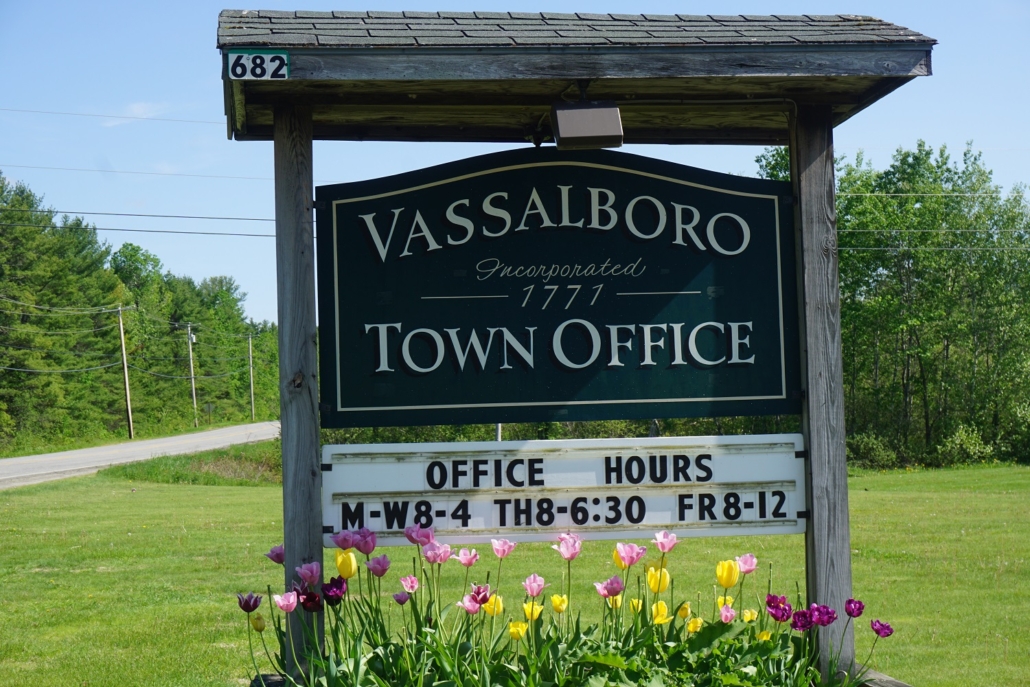Vassalboro Town Office COVID-19 Update (April 2, 2020)
 VASSALBORO TOWN OFFICE CLOSURE
VASSALBORO TOWN OFFICE CLOSURE
COVID-19 STAY AT HOME ORDER
Effective, Thursday, April 2, 2020 and due to Governor Mills’ recent Stay at Home Order, the Vassalboro Town Office will be closed and unmanned through the end of April. Every few days, staff will monitor messages on the Town Office answering machine and return calls as needed. Call the town office at 872-2826 with questions. Thank you for your patience and understanding. The health and safety of the public and the town staff is of utmost importance to us during this challenging time.
Also through the end of April, the Public Works department will be shut down except when road conditions warrant otherwise. PW Staff will monitor the answering machine at the Public Works Garage every few days and return calls as needed. Call the garage at 923-3985 to report road issues.
For the foreseeable future, the Selectmen’s meetings and the Budget Committee Meetings will be held remotely through video conferencing. Use the following link to view the list of meetings and to observe them: https://www.vcsvikings.org/information/online-public-meetings.
At the Transfer Station, a few more changes have been implemented as well. The Transfer Station will be closed all days EXCEPT Saturday. On Saturdays for the month of April, only household trash will be received. Please hold all other types of trash for disposal until regular station hours resume. We are asking the customer to toss their own garbage in the compactor hopper. If the customer is physically unable to lift their bag of trash into the hopper, we ask that the bag be left on the ground near the hopper, and George will toss it in while keeping an appropriate “social distance” from the customer.
For residents needing to reach the Code Enforcement Officer and Plumbing Inspector Paul Mitnik, during the month of April he will be working at home and can be reached at 923-3758 or on his cell phone at 313-2648. Police Chief Mark Brown can be reached at 557-4601.



 Oak Grove School Foundation will not be sending grant awards this Spring due to the Covid-19 virus and the stressed condition of our financial resources. We are thankful for all the people in our community who exert themselves for the well being of the young people that Oak Grove seeks to support. We look forward to recovering from this pandemic and returning to the major grant business in 2021.
Oak Grove School Foundation will not be sending grant awards this Spring due to the Covid-19 virus and the stressed condition of our financial resources. We are thankful for all the people in our community who exert themselves for the well being of the young people that Oak Grove seeks to support. We look forward to recovering from this pandemic and returning to the major grant business in 2021.

